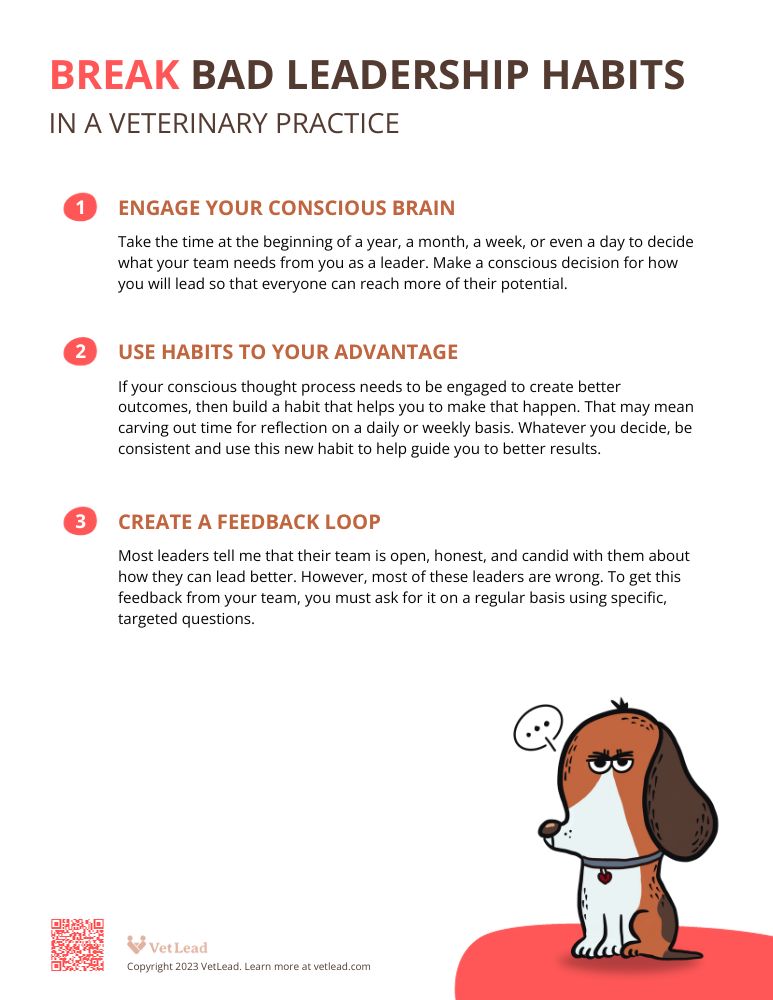A while back, my wife mentioned that we needed a new kitchen faucet. Ours was 15 years old, leaked on occasion, and wasn’t very easy to operate. Three kids can wear a faucet out pretty effectively.
When we went to look at them, she really liked the touch faucets. These are the ones that cut off and on with just a touch of your hand. I bought one, brought it home, and installed it. Then the kids proceeded to play with it for hours. Somehow it survived that early test and we have grown used to simply touching our faucet to turn it on.
In fact, I’ve gotten so used to it that I find myself touching faucets at work or in public restrooms. My brain certainly knows the difference between my faucet at home and a non-touch faucet somewhere else. However, my first instinct is to touch it and sometimes when it doesn’t turn on, I actually touch it again.
Habits Guide Us Every Day
This simple, and somewhat silly, faucet story demonstrates how the habits and patterns we develop guide our behavior every day. Our habits can even guide how we lead our teams, our practices, and ourselves.
How many times do managers lead teams based on their own leadership habits rather than leading based on what the team needs to be more successful? How many times do leaders find themselves able to inspire or motivate some people on their team, but not others?

This happens because any set of leadership habits will work for some people, but not others. Additionally, habits won’t let us lead diverse teams through a variety of situations. If you want to lead based on your decisions, not just your habits, there are a few things to keep in mind.
1
Engage Your Conscious Brain
The simple act of making a decision can override the habits that exists in our brains. Take the time at the beginning of a year, a month, a week, or even a day to decide what your team needs from you as a leader.
Make a conscious decision for how you will lead so that everyone can reach more of their potential.
2
Use Habits to Your Advantage
If you know that your conscious thought process needs to be engaged to create better outcomes, then build a habit that helps you to make that happen. Maybe that means carving out time for reflection on a daily or weekly basis.
You could also implement a planning process at the end of the day for tomorrow’s opportunities. Whatever you decide, be consistent and use this new habit to help guide you to better results.
3
Create a Feedback Loop
When I tap a faucet and it doesn’t turn on, I receive immediate feedback. It tells me that the choice I’ve made won’t get me the results I want. Often, in the workplace, we never get this kind of feedback about our leadership.
Most leaders tell me that their team is open, honest, and candid with them about how they can lead better. However, most of these leaders are wrong. When I talk to teams, I uncover a lot that has never been shared with their manager. Unfortunately, this hidden feedback is critical for the leader to change their actions.
To get this feedback from your team, you must ask for it on a regular basis using specific, targeted questions.
Final Thoughts
We all develop habits and patterns in the way we work and the way we lead. They are necessary for us to lead a life that doesn’t require us to think about every task we execute. That would be exhausting.

However, the downside of habits is that they cause us to accomplish far less than our talents and capabilities allow. Leadership requires conscious effort. This means, adapting our actions to meet current needs and being nimble in how we coach, inspire, and motivate. If we don’t, we are only hoping our team or our practice will respond how we want them to.
Tapping random faucets and hoping for water will not give you the results you need.
What habits guide your daily work? Let us know in the comments section below.

Download this Related PDF Now
Share it with leaders and teams. No email address required.
